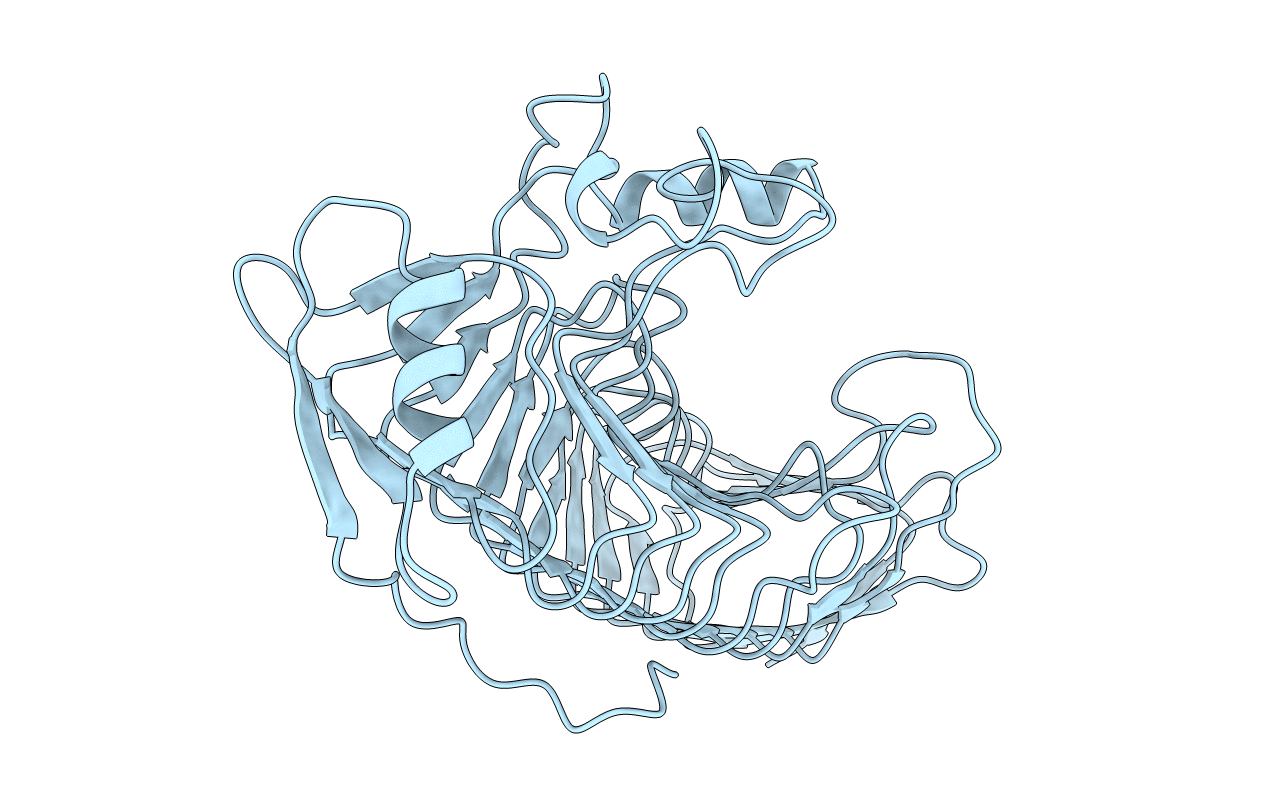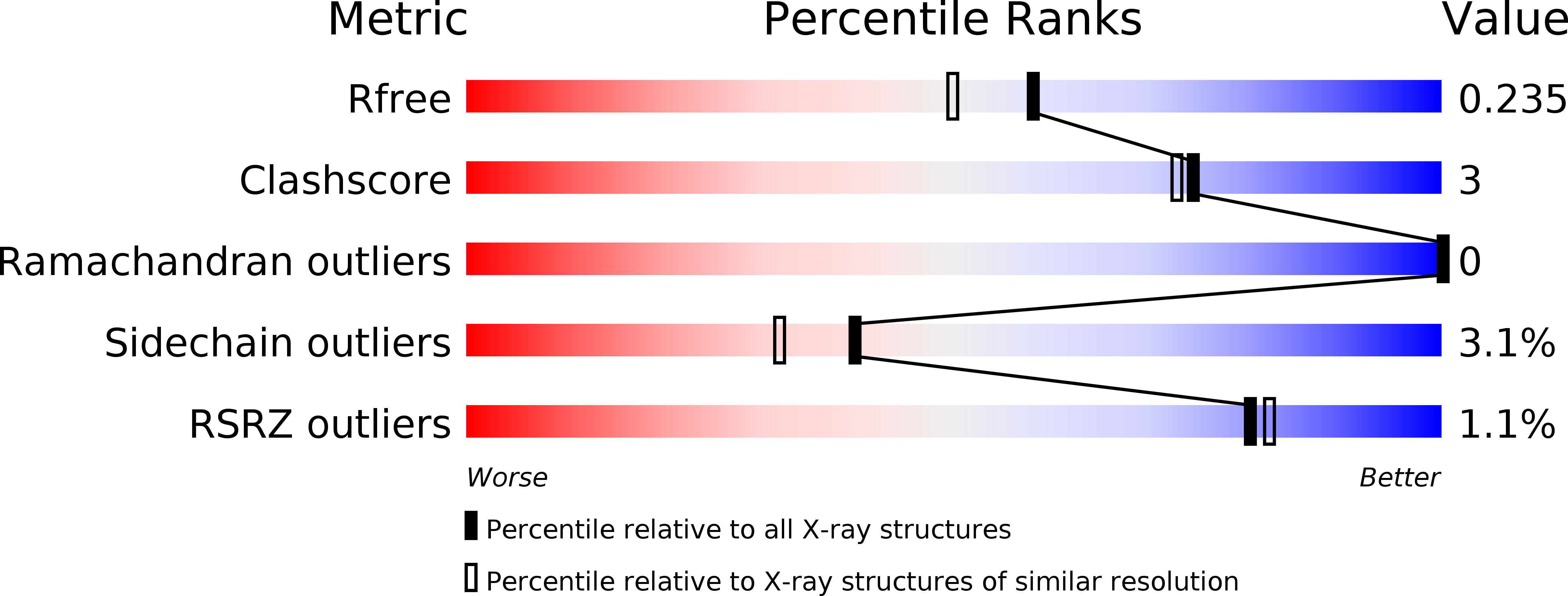
Deposition Date
1998-06-05
Release Date
1998-11-11
Last Version Date
2024-11-06
Entry Detail
Biological Source:
Source Organism:
Pectobacterium carotovorum subsp. carotovorum (Taxon ID: 555)
Host Organism:
Method Details:
Experimental Method:
Resolution:
1.90 Å
R-Value Free:
0.23
R-Value Work:
0.19
Space Group:
C 1 2 1


